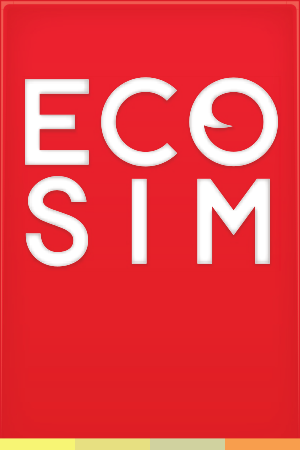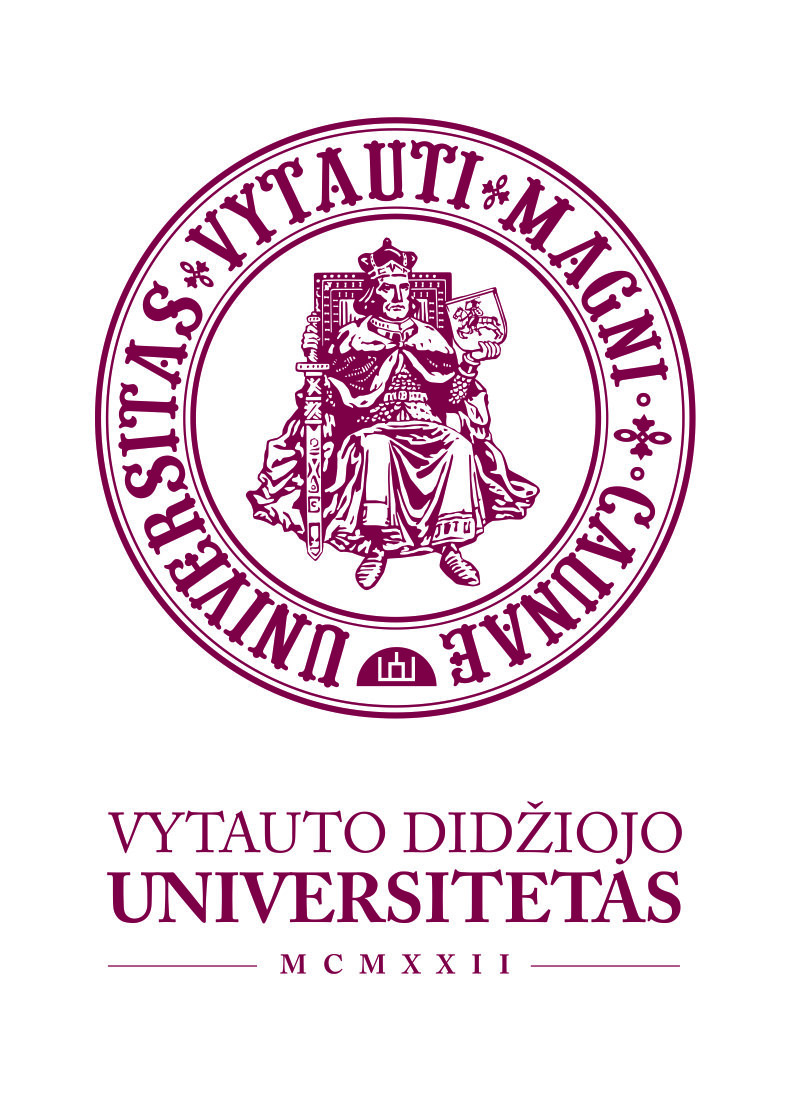Innovation Project
Integrating „EcoSim“ Educational Simulation Games into College Curriculum

Gabija Stanaitytė, Arūnas Liuiza

Problem
Understanding of basic economic principles is increasingly important in modern labor market.
- More than 11% of all occupied people in Lithuania were self employed in 2016 (Lithuanian Statistics Department).
It is difficult to motivate and engage college students in basic Microeconomics classes.
- Microeconomics courses are general, not specialization subject.
- Y Generation / Z generation students do not like to learn via traditional methods - lectures, research papers, etc (Hills et al, 2017).

Approach
- Simulation games have been successfully used to increase student engagement, both abroad and in Lithuania (E. Bagdonas et al, 2010, 2013) (E. Clarke, 2009).
- It is an active, technology-based teaching method, that is attractive to Y Generation / Z Generation students. (Hills et al, 2017).
- It can be integrated into existing curriculum without major disruption.

Previous Attempts
- Junior Achievement's MESE / JA Titan project (USA)
- CESIM (Finland), Celemi (Sweden)
- KTU's Kietas riešutas (E.Bagdonas et al)

EcoSim Adam
- An online, computer-based business simulation game, developed in Lithuania by a team lead by A. Liuiza (2008, 2010, 2012).
- Specifically designed to have good balance of educational value and entertainment.
- Good fit to illustrate basic Microeconomics concepts.


Methodology
- Research methods:
- Qualitative research;
- Comparative analysis.
- Management and implementation:
- Financial management;
- Coordination;
- Organisation;
- Implementation.

Methodology
- Step-by-step approach;
- Initiation;
- Planning and design;
- Execution;
- Control and integration;
- Validation;
- Closure.

Task 1. Teacher guidebook
- Guidelines how to run game sessions and how to use game situations in teaching process.
- Duration - 12 months
- KPI - Proficiency Rates for each Subject
- Deliverables:
- The Guidebook
- New knowledge and experience

Task 2. Pilot project
- Implementation of the model game as a part of introductory Microeconomics.
- Duration - 6 months (4 months - course, 2 months - modifications)
- KPI - Reports, comments and reflections.
- Deliverables:
- First introduction to target groups
- reports, comments and reflections
- Improved Guidebook

Task 3. Training Sessions
- 10 training sessions for college teachers.
- Duration - 5 months (2 sessions per month)
- KPI - number of sessions and participants
- Deliverables:
- A number of trained teachers
- Feedback for further development
- Game introduced to the market

Level of innovation
- This project most closely matches definition of process innovation per Oslo Manual.
- EcoSim game - an innovative product. And the implemented product can further be used as marketing tool.
- This project has the potential to have impact on organisational, national and international level.

Schedule Risks
- Attention to legal issues;
- Time tolerance for managerial fails;
- Steering committee meetings to ensure timely reporting;
- Monitoring and evaluation mechanism;
- Risk management plan;

Project Review
- Additional reference to international research on business simulations;
- Clarified relations between methodology and tasks;
- Improved task descriptions;

References
1. Oficialiosios statistikos portalas. (n.d.). Retrieved November 14, 2017, from https://osp.stat.gov.lt/informaciniai-pranesimai?articleId=5101528
2. Hills, C. M., Levett-Jones, T., Lapkin, S., & Warren-Forward, H. (2017). Generation Y Health Professional Students’ Preferred Teaching and Learning Approaches: A Systematic Review. The Open Journal of Occupational Therapy, 5(1), 12.

References
3 .Bagdonas, E., Patasiene, I., & Skvernys, V. (2013). How to cope with the complexities of a business game. International Simulation and Gaming Research Yearbook: Simulations and Games for Emergency and Crisis Management, 100.
4. Bagdonas, E., Patašienė, I., Patašius, M., & Skvernys, V. (2010). Use of simulation and gaming to enhance entrepreneurship. Elektronika ir Elektrotechnika, 102(6), 155-158.

References
5. Liuiza, A., & Ignatavičius, J. (2012). Application of Simulation Teaching Methods. EcoSim case. Innovations In Publishing, Printing And Multimedia Technologies,68-74.
6 .Liuiza, A., & Ignatavičius, J. (2010). Application Of Simulation Games In Education Process. Innovations In Publishing, Printing And Multimedia Technologies,18-23.Application of simulation games in education process.

References
7. Oslo Manual. (2005). Paris: OECD Publishing. http://dx.doi.org/10.1787/9789264013100-en
8. Clarke, E. (2009). Learning outcomes from business simulation exercises: Challenges for the implementation of learning technologies. Education+ Training, 51(5/6), 448-459.
